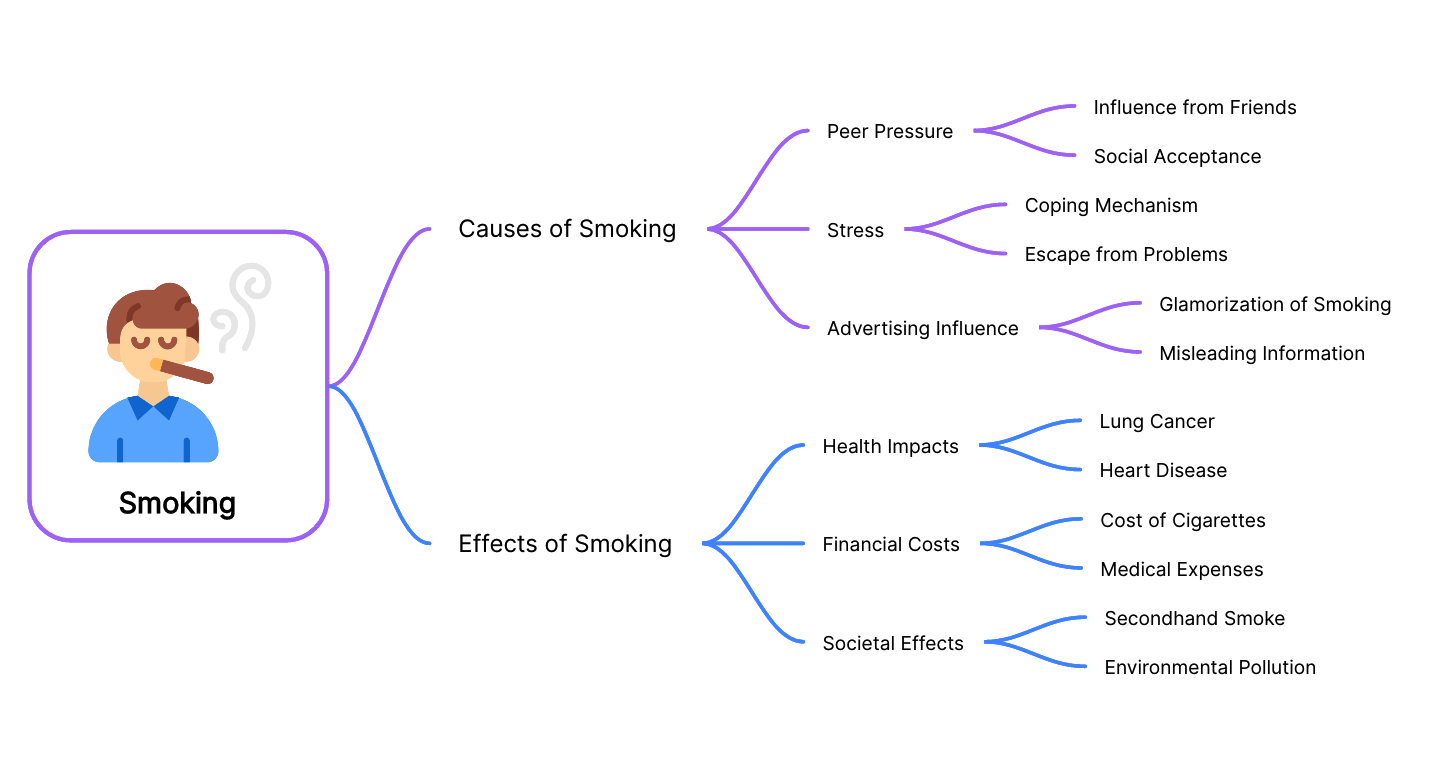The Curated News Hub
Your daily source for diverse news and insights.
Think Outside the Box: Mind Mapping Made Fun
Unlock your creativity and boost productivity! Discover fun mind mapping techniques that will change the way you think outside the box.
Unlocking Creativity: The Power of Mind Mapping
Unlocking Creativity is an essential part of personal and professional development, and one effective technique to foster this creativity is through mind mapping. This visual tool allows individuals to brainstorm ideas, organize thoughts, and enhance problem-solving skills. By capturing and connecting concepts in a non-linear format, mind mapping encourages a deeper understanding of relationships between ideas and sparks innovative thinking. It's particularly beneficial for visual learners, as it transforms traditional note-taking into a vibrant web of ideas that can be easily navigated.
Moreover, the process of creating a mind map can itself be a source of inspiration. As you unlock creativity, consider the following steps to effectively utilize mind mapping:
- Start with a Central Idea: Write your main topic in the center and circle it.
- Add Branches: Create thick lines or branches that represent subtopics directly related to the central idea.
- Use Keywords: Instead of full sentences, jot down keywords to keep the process dynamic.
- Incorporate Images: Visual elements can significantly enhance recall and engagement.
By following these steps, you can harness the power of mind mapping to not only organize your thoughts but also unlock creativity in every aspect of your life.

How to Create Engaging Mind Maps for Better Learning
Creating engaging mind maps can significantly enhance the learning process by making complex information more accessible and memorable. Start by defining your central idea clearly, as this will act as the focal point of your mind map. From there, branch out into main topics that relate to that idea, ensuring to use color coding and different shapes to distinguish between various categories. Additionally, incorporating images and icons can help to trigger visual memory, making the content more relatable and easier to recall during study sessions.
To elevate your mind mapping experience, consider using digital tools or applications designed for this purpose. These platforms often provide features such as collaboration, which allows multiple users to contribute to a mind map in real-time. Furthermore, employing keywords instead of full sentences can make the information more digestible. Lastly, don’t forget to regularly review and update your mind maps as new information becomes available; this practice keeps the content relevant and enhances long-term retention of the material.
Mind Mapping vs. Traditional Note-Taking: Which Is More Effective?
When it comes to organizing thoughts and ideas, the debate between mind mapping and traditional note-taking is often intense. Mind mapping leverages visual elements and connections to enhance creativity and understanding, allowing users to see relationships between concepts. Unlike traditional note-taking, which typically involves linear outlines, mind maps encourage a more fluid and associative thought process. For example, mind maps often use colors and images to represent ideas, making complex information more accessible and memorably.
On the other hand, traditional note-taking, particularly in a structured format such as bullet points or numbered lists, offers clarity and organization that can be beneficial for specific purposes such as studying for exams or preparing for presentations. This method allows users to condense information into easily digestible chunks, helping in retention and review. Ultimately, the choice between mind mapping and traditional note-taking may depend on individual learning styles and the context in which one is working. While mind mapping fosters creativity and expansive thinking, traditional note-taking provides a more straightforward approach for systematic learning.